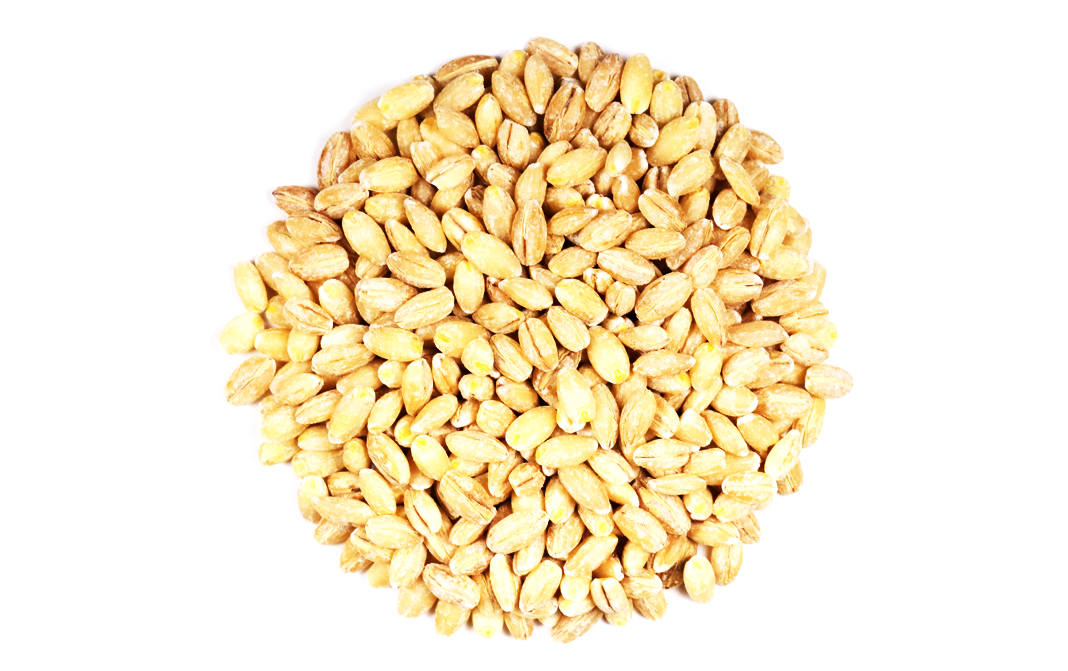


The general availability of barley is in pearl, hulled and flaked forms. Therefore at the time of purchase, there should not be any trace of moisture.
Barley sprouts might not be safe if consumed during pregnancy. As barley have gluten, hence it might be allergic to people who are sensitive to celiac disease.(3)
- Disclaimer
"Information here is provided for discussion and educational purposes only. It is not intended as medical advice or product or ingredient review/rating. The information may not apply to you and before you use or take any action, you should contact the manufacturer, seller, medical, dietary, fitness or other professional. If you utilize any information provided here, you do so at your own risk and you waive any right against Culinary Communications Private Limited, its affiliates, officers, directors, employees or representatives.”
Description
Barley is said to be a versatile cereal grain, derived from the grass Hordeum vulgare. It is very similar to wheat berries but happens to be slightly lighter in colour. It has a chewy consistency and a nutty flavour. It is converted into malt and then is used in food processing, and when barley fermented it is used in making beer and other alcoholic beverages. Barley happens to be the fourth most important cereal crop after rice, wheat, and maize. In India, it is known as Jao, as mostly cultivated in Rajasthan and Uttar Pradesh, and hence is widely used as food and fodder. Barley is planted both in the winter and the summers, in colder region it is planted in April or May, while in warmer region, it is planted somewhere in mid-September. Barley draws it origin from Ethiopia and Southeast Asia, and it was used in the ancient civilisation as food for both the animals and the humans, likewise, it was also used for making alcoholic beverages in the ancient past, it also marks a great importance in the Greek civilisation, where it was used to prepare breads. It was also used for medicinal purpose. There are different types of barley; the hulless barley, which happens to have hull that are loosely attached, and supposedly falls off at the time of harvest. Another one is the barley grits, this one is basically cut into several pieces, hence is called grits. While the other one is barley flour, mostly used in baking and in soups and stews as a thickening agent.